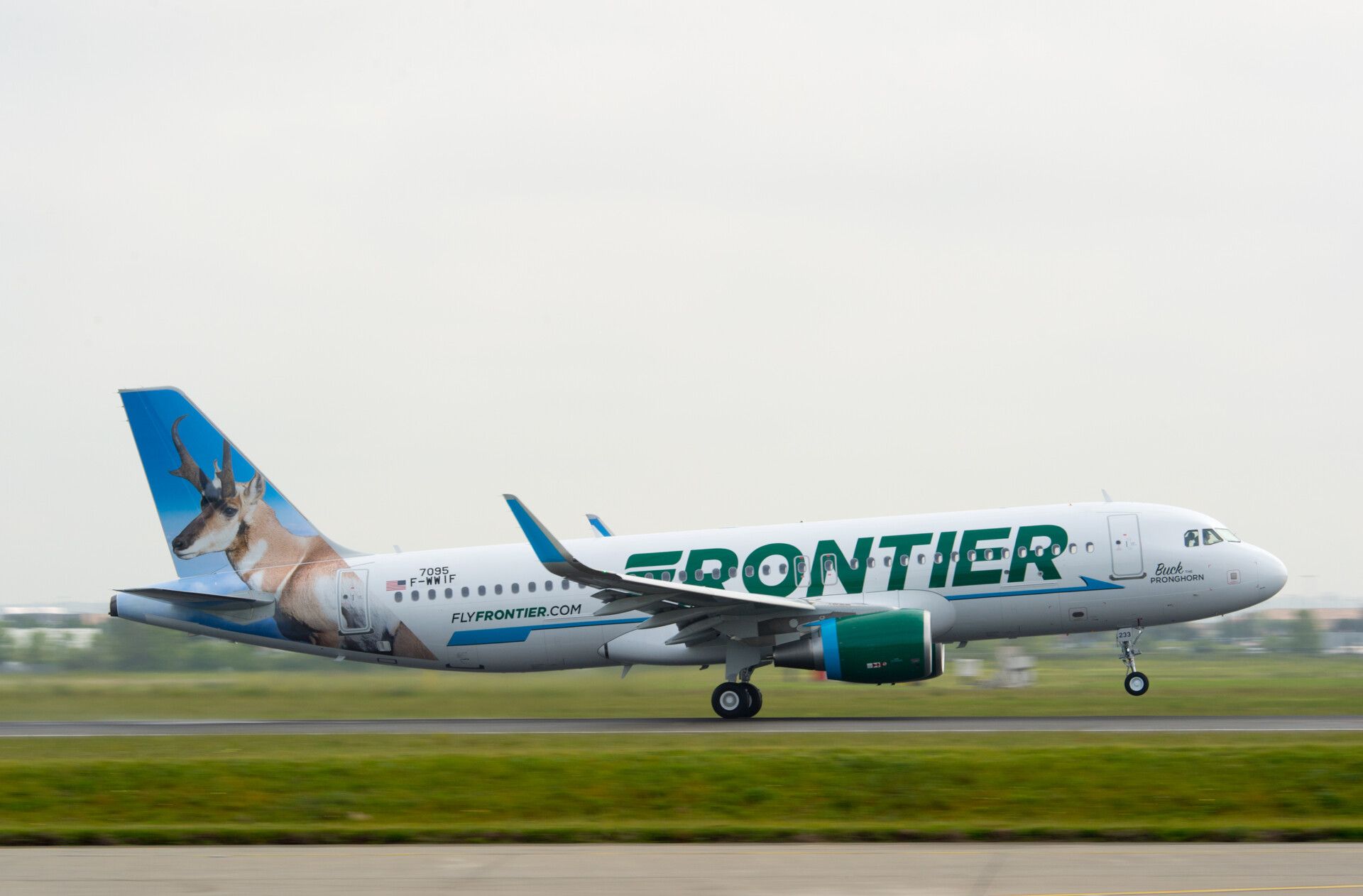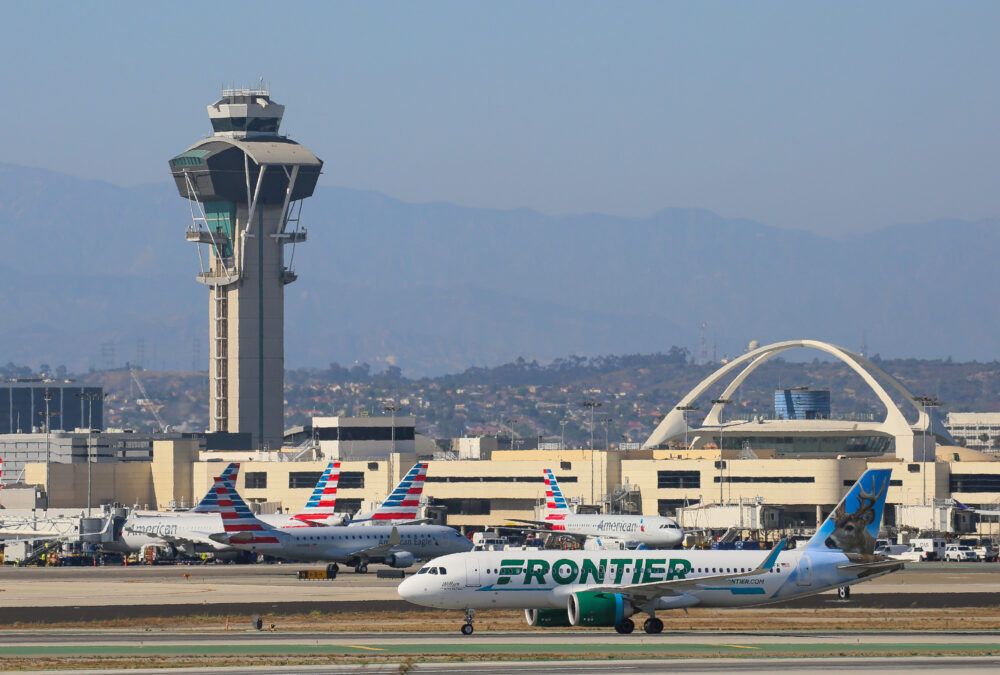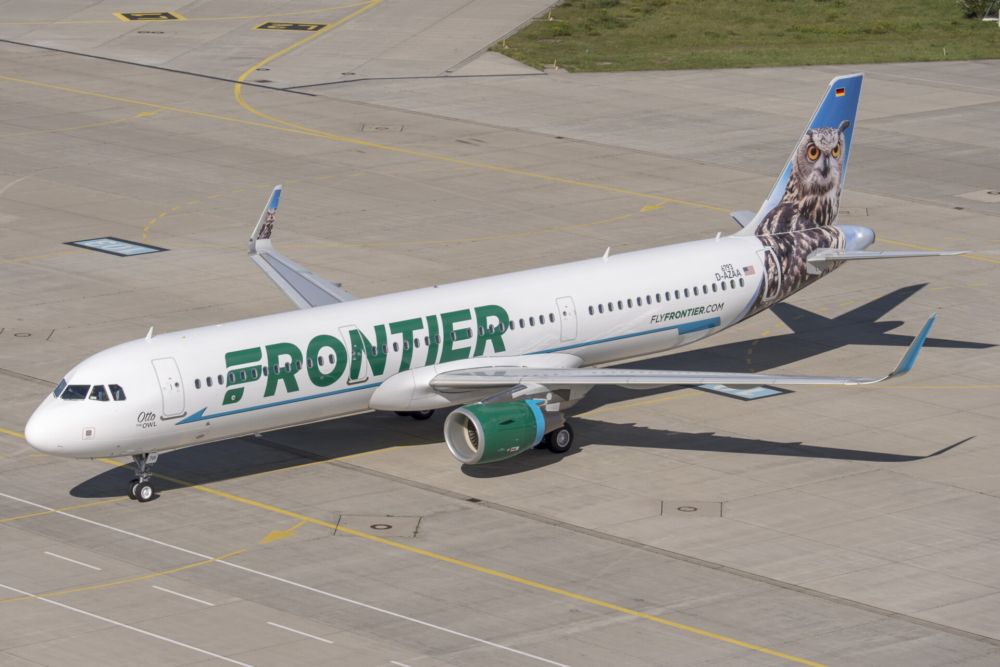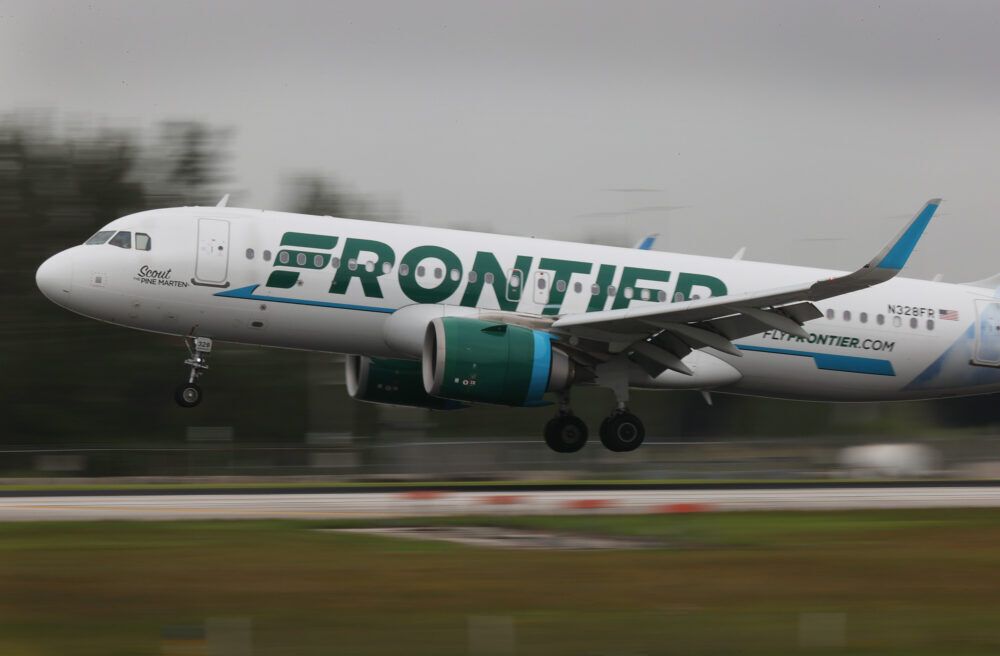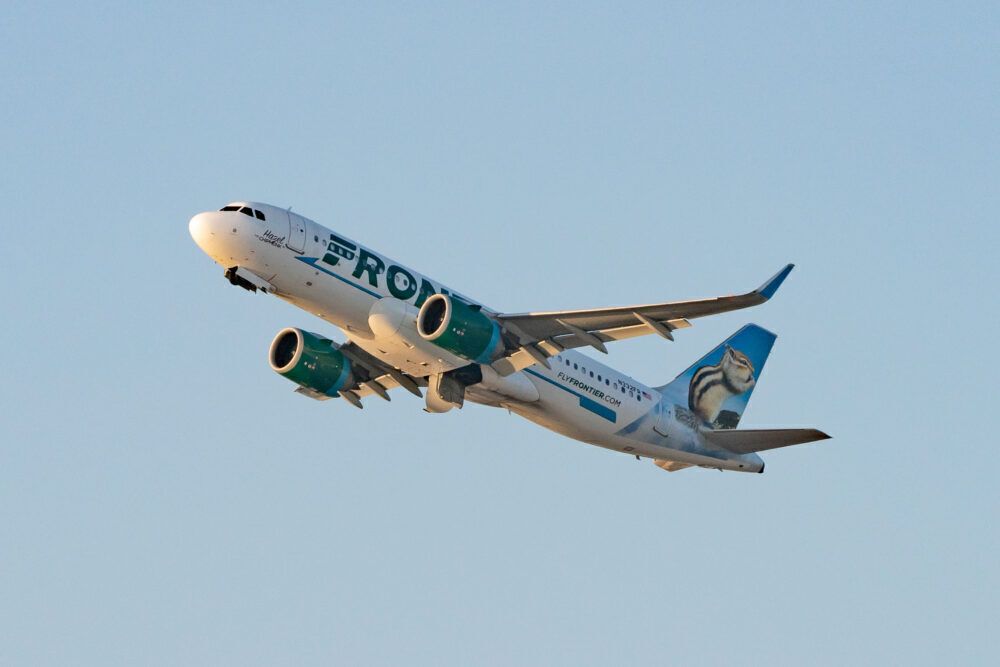Frontier Airlines made some big shake-ups to its network in 2021. Between adding new routes and destinations, the airline also exited some of the larger, well-known airports, including Los Angeles International Airport (LAX). Frontier moved its Los Angeles area operations across several airports, but Burbank and Ontario were some of the big winners in replacing Frontier's service from Los Angeles. Simple Flying spoke with Daniel Shurz, SVP of Commercial at Frontier, to learn more about the moves and why the airline is bullish on its future.
Frontier Airlines shakes up in Los Angeles
In May, Frontier Airlines decided it would exit LAX due to high airport costs. The move came after the airline announced more flying out of Ontario International Airport (ONT) and Hollywood Burbank Airport (BUR). The latter was a new airport in Frontier's system, while the former was already a part of the airline's strategy in Los Angeles.
The decision to pull out of LAX was a quick one. After announcing it in May, Frontier pulled out entirely by September, with the first round of cuts starting in July. Simultaneously, in mid-July, Frontier added flights from Burbank.
It may seem strange that an airline would be leaving the primary gateway for traffic to and from the Los Angeles area. After all, LAX is the most popular airport for travelers looking to go to the LA area. However, that does not mean it works well for Frontier. LAX is undergoing a huge redevelopment. As part of that, Frontier would have been forced to move from Terminal 5 to a less desirable position at the West Gates of the midfield satellite concourse, where some other ultra-low-cost carriers (ULCCs) like Allegiant now operate. The largest issue for Frontier was the rising airport costs at LAX, which put a strain on the airline's unbundled low-cost offering.
Categorizing the move, Mr. Shurz stated the following:
"We're a low cost airline, and we're very focused on maintaining the lowest operating cost we can. That doesn't mean that we have a hard and fast rule on airport costs and say, it must be X or we won't fly there. But when we find ourselves in a situation with extremely high airport costs, we have to ask ourselves 'Is there an alternative?' If the costs come down, we will always go back and look at the situation."
While LAX dominates, there are plenty of alternatives in the area. This includes Long Beach (LGB), Orange County (SNA), Burbank (BUR), and Ontario (ONT), though each has its pros and cons.
A host of opportunities
From Burbank, Frontier is only flying to Denver (DEN), Las Vegas (LAS), and Phoenix (PHX) in December. It has not announced any new services out of Burbank, but that does not mean the airline is done in Burbank. Opportunities are out there, and Frontier is certainly looking.
Speaking specifically on the kinds of opportunities Frontier sees, Mr. Shurz stated the following:
"Its an interesting market. The reality is, and it depends where you are in the LA basin, but there's there's a lack of nonstop options from airports other than LAX. There's a lack of route diversity."
All of the big three US airlines call LAX a hub, and as a result, service from the other airports is limited mainly to flights to other core hubs like Salt Lake City, Seattle, Phoenix, Denver, Houston, etc. Southwest is a formidable player outside of LAX-area airports, but overall, the ULCC space was relatively untouched at many of these other airports. Avelo, a startup based in Burbank, is looking to help correct that, but it is still working on getting its name and brand out there.
One of the more apt airports to look at is Ontario, where Frontier sees a lot of opportunities, according to Mr. Shurz:
"We're using Ontario as our primary growth airport in the region. We have service now up to 10 destinations nonstop from Ontario this year, which made us which made us the largest airline by destinations. One of the advantages of being in a secondary airport, our relative relevance is much higher. There is definitely both an inbound and outbound market that will find that airport more convenient once that those who know it exists will use it and those as they gradually discovered exist."
A look at December data from Cirium shows that Frontier Airlines is the only major US ULCC operating out of Ontario. The major US airlines have flights scheduled to their hubs, while Southwest Airlines is sizable, with ten destinations scheduled this month. Volaris, from Mexico, also operates from Ontario.
Stay informed: Sign up for our daily and weekly aviation news digests.
The benefits of secondary airports
Adding to the idea that there is a landscape of opportunities is that secondary airports come not just at a much lower direct cost but also a lower indirect cost. Mr. Shurz gave the example of taxi and wait times. At an airport like LAX, with two primary runways for departures and two for arrivals, wait times can add up, which means planes are sitting on the ground and burning fuel or taxiing around the large terminal complexes to get to their assigned runways. This means more fuel that Frontier has to buy to put in its jets.
At an airport like Ontario or Burbank, taxi and wait times are far lower, meaning Frontier saves fuel, thus saving money. While it may seem small, coupling this benefit with the added benefit of lower direct operating costs means that Frontier has the opportunity to look at other markets since the threshold for profitability goes down.
All of this means that in the big picture, Frontier continues to see opportunities for expansion in the LA area. As Mr. Shurz stated:
"We will continue to find opportunity in the region. And yes, we're happy with our current portfolio of airports. Between Burbank, Orange County, and Ontario, we actually serve the LA basin quite well."
Frontier also has, typically, shown it is willing to take risks and experiment, perhaps more so than some other airlines. It is still very disciplined in terms of costs and its offerings, but the added benefit is Frontier is willing to look at things other ULCCs may not. That could greatly benefit customers looking for low-cost getaways from more convenient airports. Burbank and Ontario, for example, while they still fit within the LA basin, open up opportunities for easier access to an entirely new subset of travelers who may have had little to no previous experience with Frontier.
It will take time for Frontier to fully realize and mature its position. However, the airline is confident that the decision to leave LAX and expand at secondary airports was a good one and is now looking at ways to capitalize on the landscape of opportunities out there.

